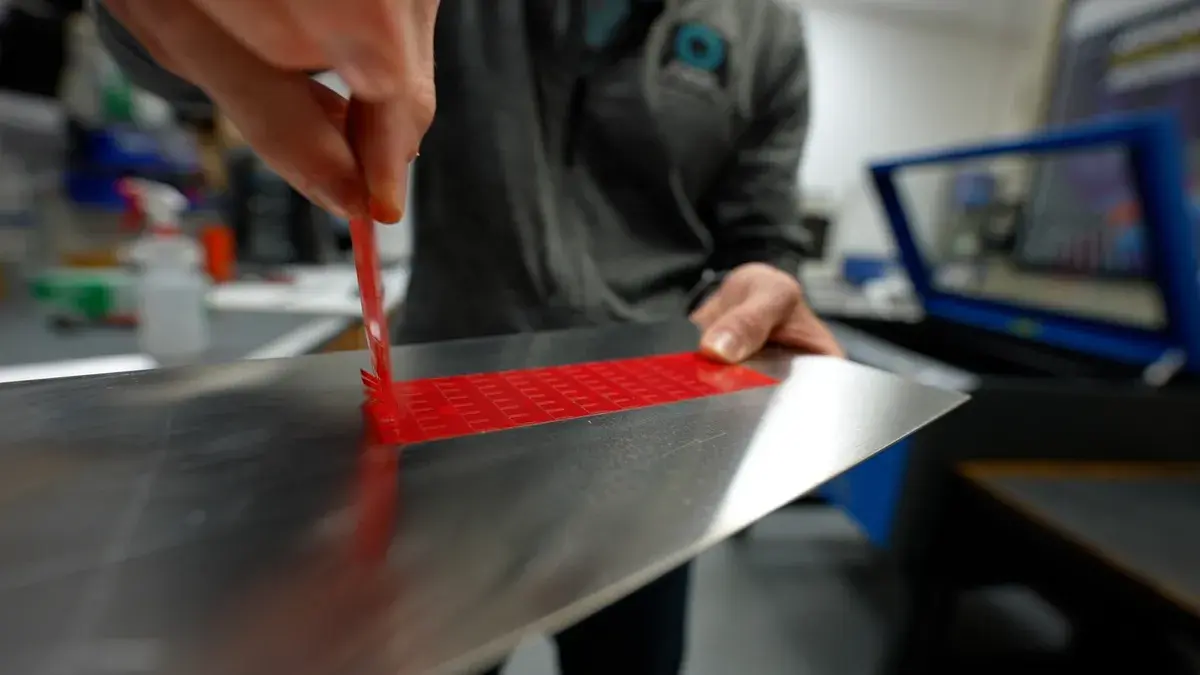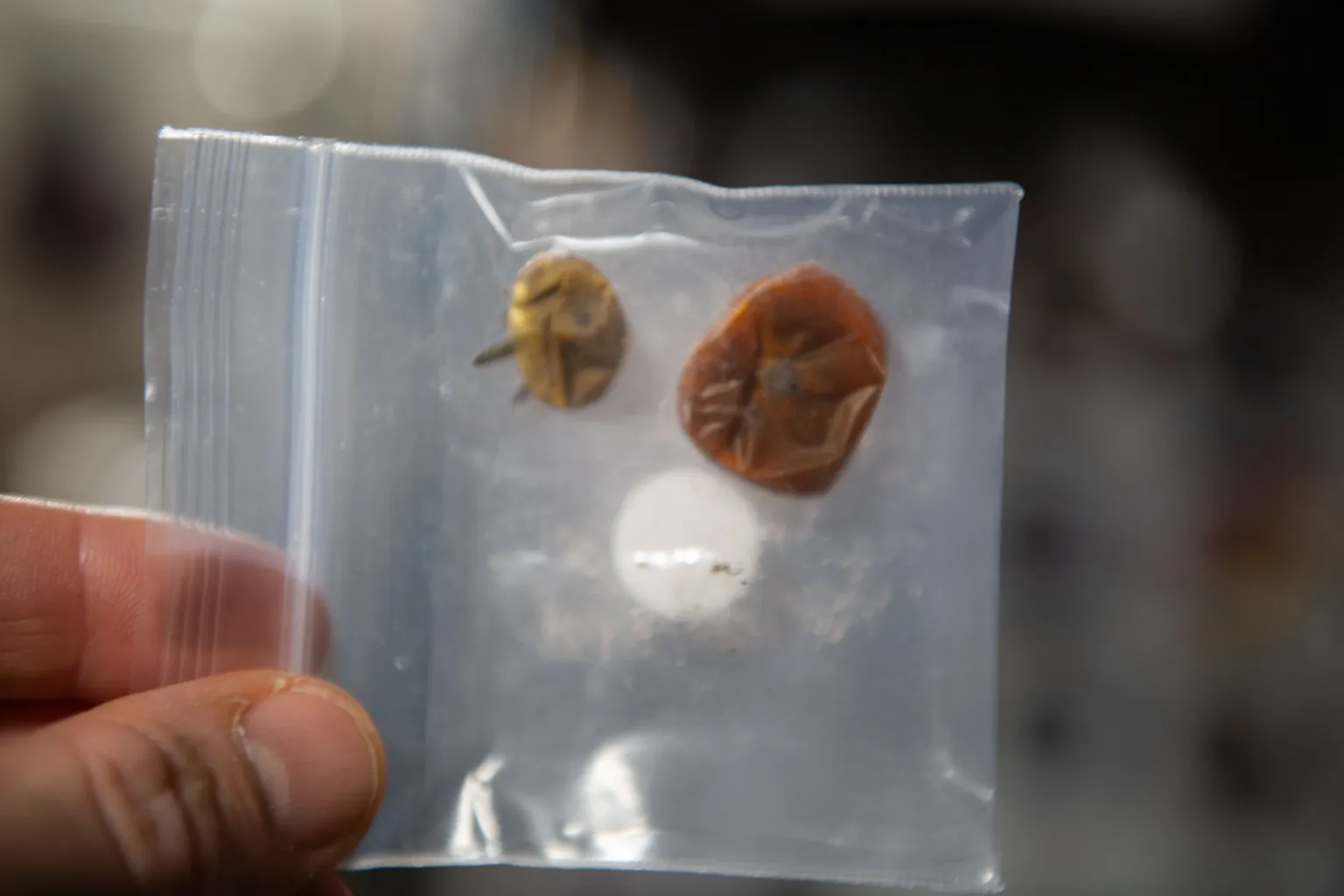Efficiency, flexibility and cost effectiveness of “Perovskite Solar Cell”, makes them very promising. But the technology is still facing the challenges with regard to the stability of materials.
Now UNIST scientists have come up with a new electrode that could greatly improve the stability of these Solar Cells. Researchers have developed flexible and transparent high-performance metal-based electrode with an interlayer of graphene.
Science behind:
Insertion of graphene as a protection layer between the metal-based electrode and the perovskite film can effectively restrain the diffusion of metals and halide ions. This way it will help in preventing metal-induced degradation.
Professor Hyesung Park in the School of Energy and Chemical Engineering at UNIST said, “The new method of inserting graphene interlayer has significantly improved the efficiency and stability of the perovskite solar cells. We expected that this would greatly help in the development of various next-generation flexible photovoltaic devices based on perovskite, such as LEDs and smart sensors, as well as solar cells.”
Researchers found that inserting this electrode helps in increasing photoelectric conversion efficiency to 16.4%. Not only that, it maintained over 97.5% of the initial efficiency even after 1,000 hours. Moreover, after 5,000 bending tests, it showed excellent mechanical durability, such as maintaining 94% of the initial efficiency. As a result it is applicable to next-generation wearable devices.







